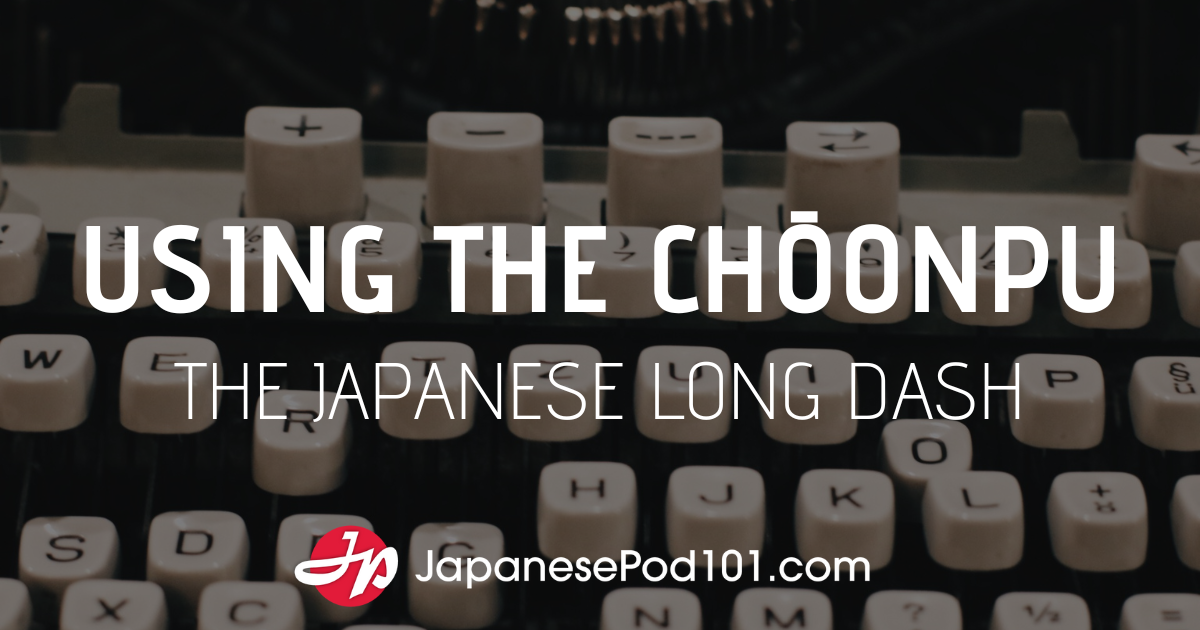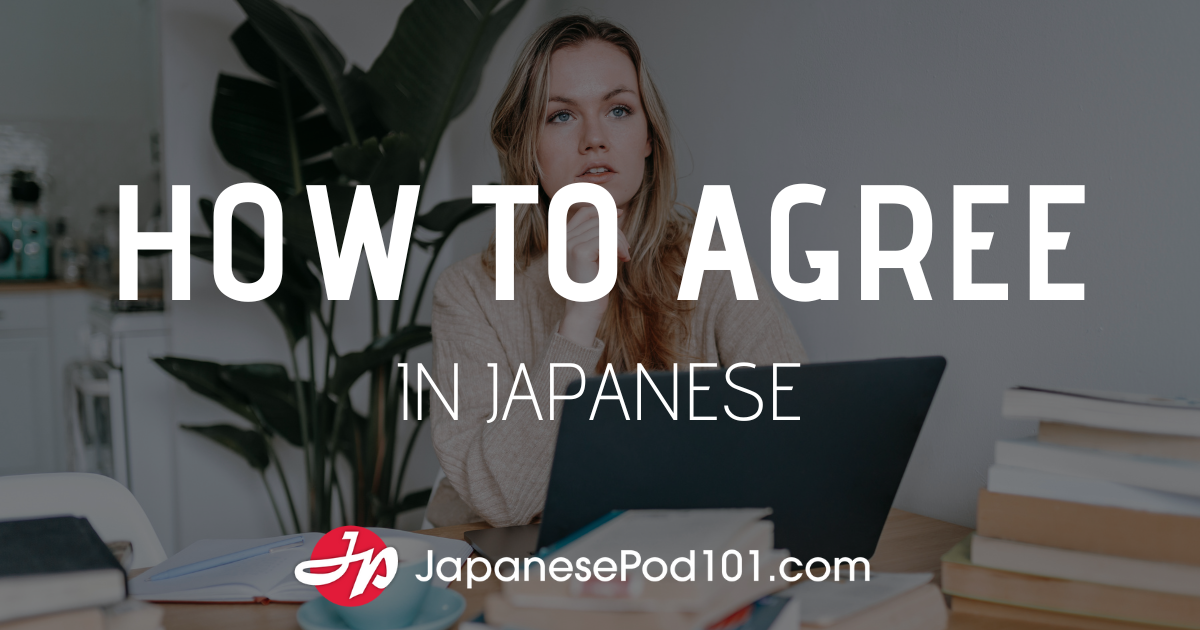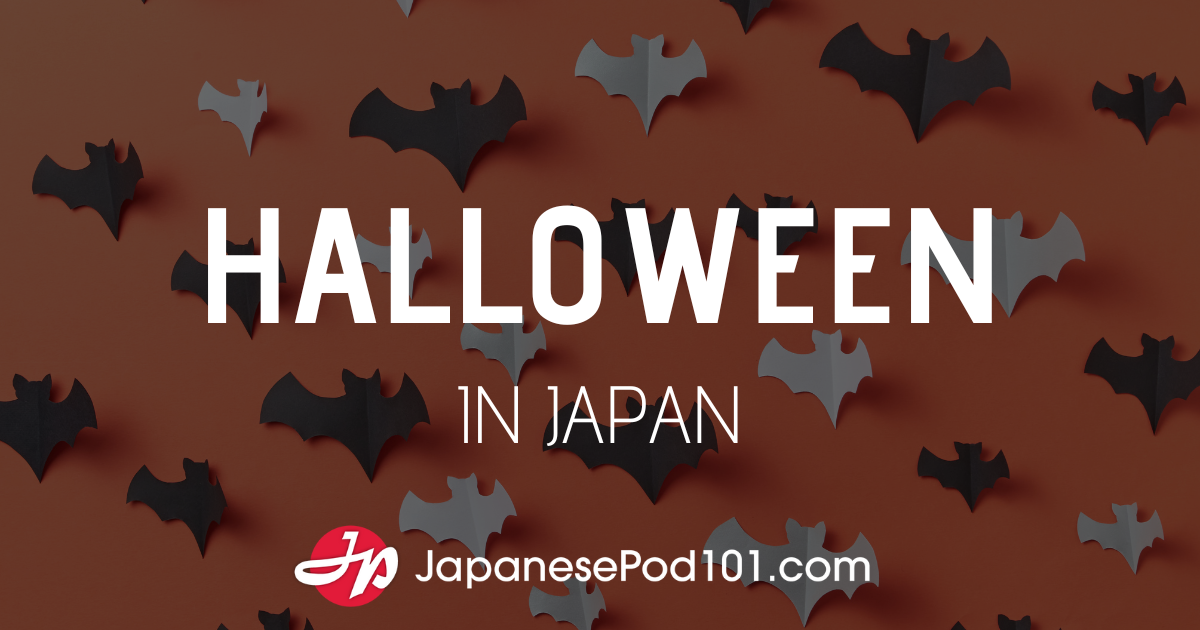Welcome to Forum Spotlight! Here we’ll be introducing interesting and useful posts made by members at our very own JapanesePod101.com Forum. This week’s forum spotlight post is a question asked by thegsusfreek about the Japanese writing system from a beginner’s point of view that was answered by QuackingShoe. If you’re a beginner who is confused by how the Japanese writing system works, you’ll find some answers here!
=====================
Question from thegsusfreek:
=====================
I’ve just started using this program and I’ve signed up for the 7 day premium trial. I’m absolutely loving it! But, I have many questions about written Japanese. I hope that someone can help answer them.
1) In the first table of the “Kanji Close-up” PDF files, the first two columns are labeled “Kanji” and “Reading”. What exactly is “Reading”? Is it Kana? Is it what you would normally see if you were reading, for example, a Japanese newspaper?
2) As I am completely new to Japanese, should I focus on the spoken language first and then work on the written language, work on the written language first, or work on them both together? 3) What written form should I learn first? Kana or Kanji?
4) Looking in the “Reference Material” section, there are “Kana Basics” and “Kana Practice”, but there isn’t anything for Kanji. Is this because the lesson materials function as a guide to learning Kanji? Or is it because Kana should be learned first? Or is it just there for extra study should I be so motivated?
======================
Answer from QuackingShoe:
======================
2) It’s my personal opinion that the written language is more valuable from an initial learners standpoint because you have unlimited access to authentic Japanese resources that you have the time to slowly process in a way that you don’t with the spoken language. But spoken is a more traditional way, so… opinions, opinions. Either way, you shouldn’t ignore either of them.
1 & 3) A ‘Reading’ is how you pronounce a certain kanji in a certain context. Try reading up on the Japanese writing system somewhere. You can probably get all the most important information at wikipedia. But to briefly summarize here, the Kana are a phonetic system, similar to the English alphabet (in that it’s phonetic..), that can be used to write anything in the language. か is always read ‘ka’, た is always read ‘ta’, かた = kata. However, the Japanese don’t use this system exclusively, they use it together with the Kanji (Chinese characters) which, while having sounds associated with them, are primarily an ‘idea’ script. That same sound, ‘kata’, could be written as 肩 方 型 片 形 and more using the Kanji, and each symbol MEANS something different, but their READING (the pronunciation written in kana) is the same. And they also have OTHER readings associated with them, depending on context and further nuances of meaning. For instance, 方 can also be read ‘hou’. Both are used together in all aspects of the written language, save for things like books for very small children that may be written only in the kana. Many nouns are represented by kanji only (私 watashi = I), particles are written in the Kana (を wo/o = direct object marker), and conjugating items such as verbs and adjectives are generally written in combination, where the kana portion changes depending on conjugation and the kanji remains static. For example 食べる taberu ‘will eat’ 食べた tabeta ‘ate.’
So you need to learn all of the kana first (it takes less than week), then find a way to learn the Kanji, of which there are thousands – around 2000 ‘standard’, but many more in use.
4) I don’t use the premium features of this website so I couldn’t say, but the Kana are probably gone over because there’s relatively few of them, whereas the kanji are massive and dealt with in ‘kanji close-ups’ and blog posts. It’s difficult to incorporate them all into one thing.
Thank you QuackingShoe for such a detailed explanation!
You can find a lot more useful information like this at the JapanesePod101.com Forum, so stop by and join in the many discussions with fellow listeners and the JPOD101 crew!









